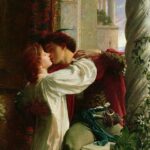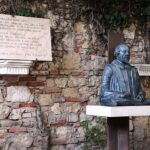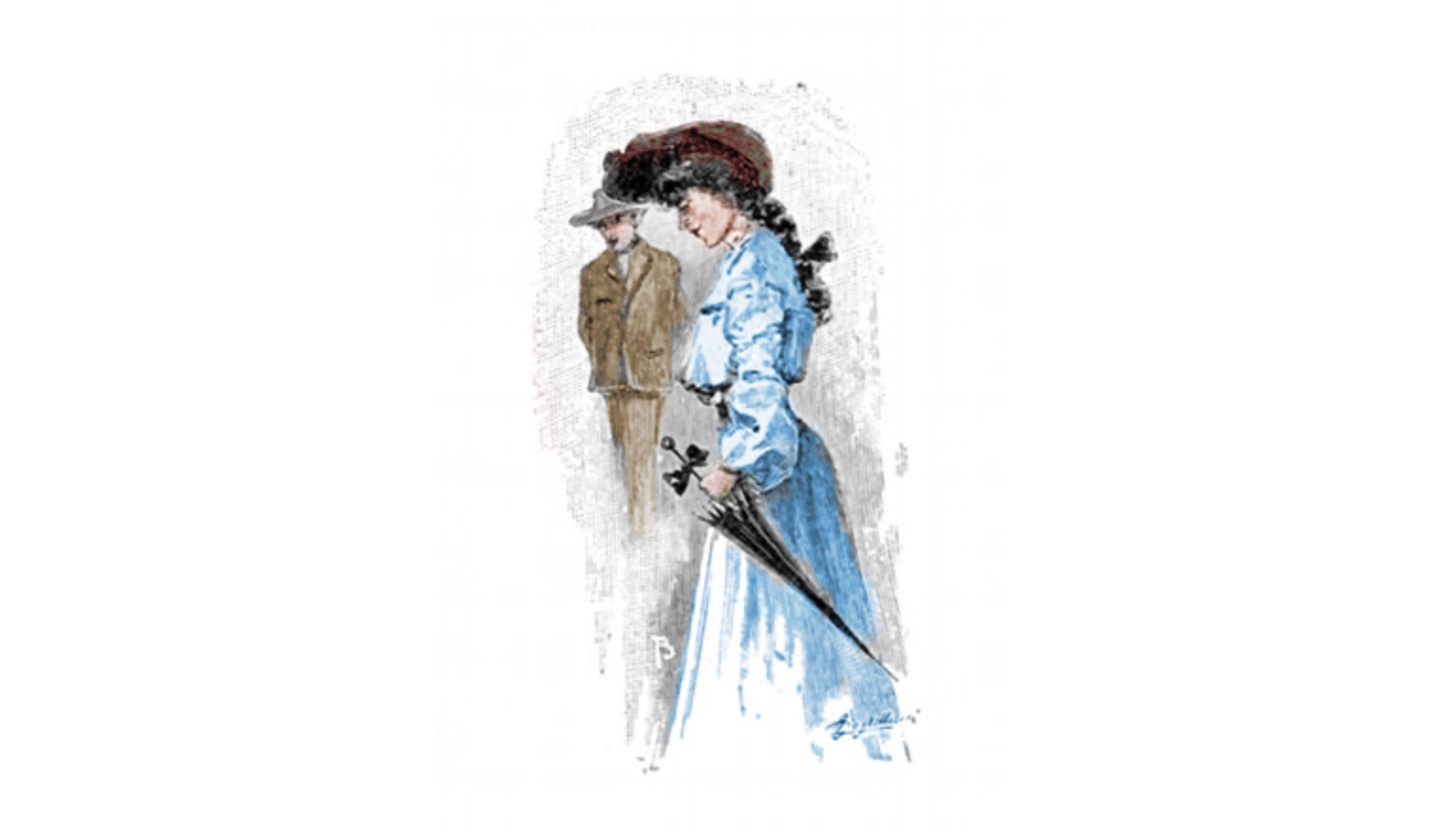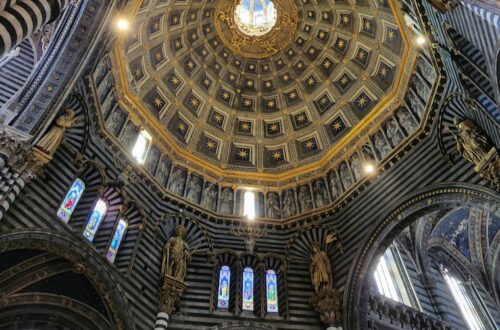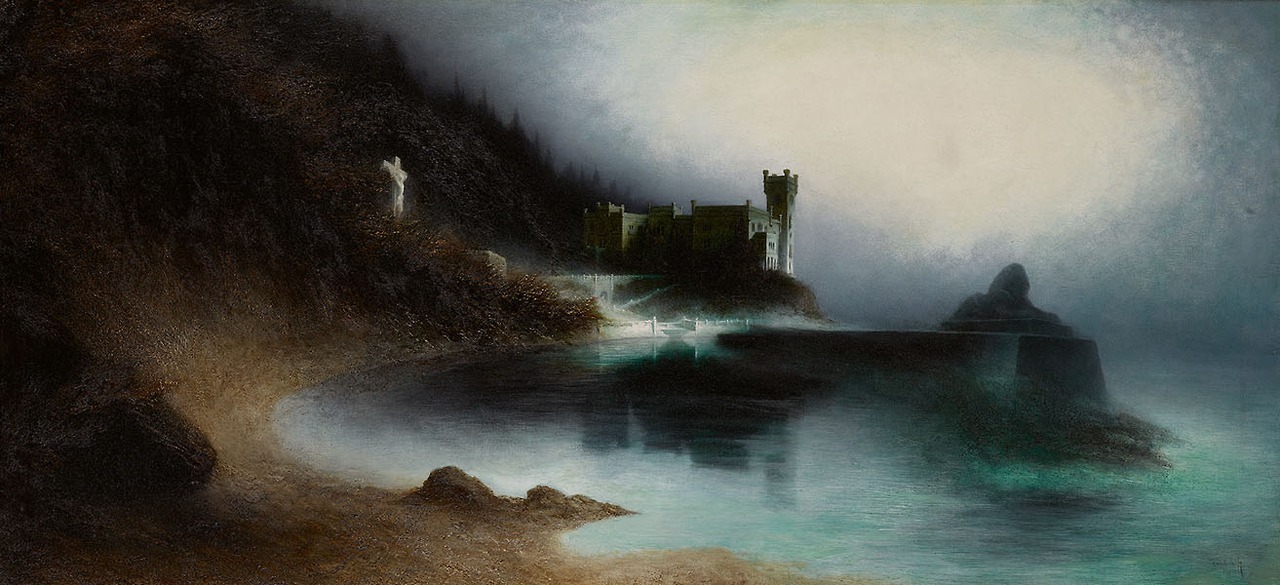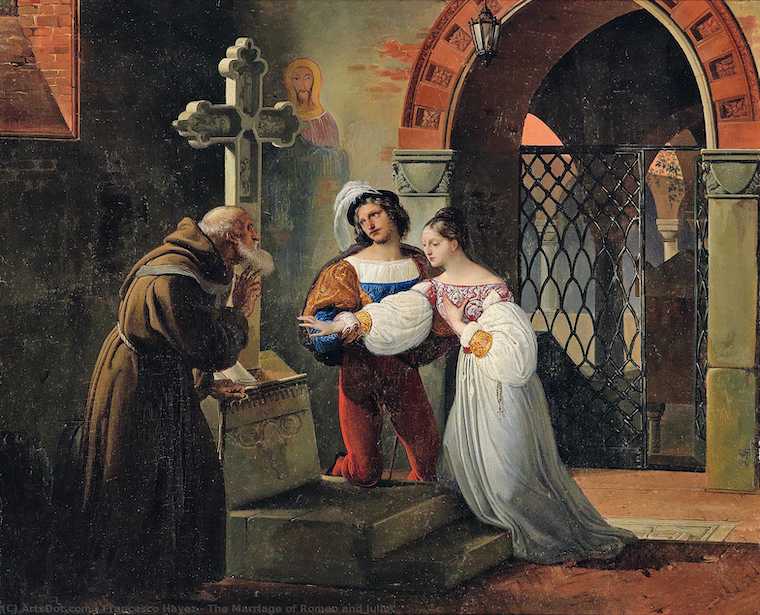
An Interview with Dr Francesco Ricatti: Matteo Bandello’s Romeo and Juliet
Recently, I was privileged to speak with Dr Francesco Ricatti, Associate Professor of Italian Studies at the Australian National University who kindly arranged the interview which was intended for his second year Italian language students. Our conversation was about Matteo Bandello’s Romeo and Juliet: the Italian novella that inspired the Shakespeare play we all know. I have embedded the video of the interview below. Also, as time didn’t allow, below are a few further thoughts to further explore Bandello, his life and his writing and particularly his Romeo and Juliet.
Matteo Bandello: A Refugee Whose Writings Reached the World
Starting with Matteo Bandello’s life, in the video we discuss how Bandello ended up living outside Italy. He was a refugee. Of course this must have been difficult for him. However, if he had not fled Italy, the world may never have come to know Romeo and Juliet. His version of the story, was the only version to leave Italy in his era.
The fact he lived his last years in France, made it easier for his work to enter French literature. From French, Bandello’s stories (hundreds of them) continued to spread from there into other European languages. The coincidence of Catherine de Medici’s presence as Queen of France in the same era is also significant. She was also for long periods regent of France. Perhaps she was another factor that fostered Italian cultural diffusion through France.
In the interview, we also touch on the changes that were going on in the world of Bandello’s time. He was born when Lorenzo de Medici was still ruling in Florence. By the end of his life, the world that Bandello knew as a child and young man had disappeared. In 1527, a rogue imperial army sacked Rome. Finding itself unpaid, the army descended on Rome and preyed on the city for months. The population of Rome collapsed. We see that event reflected in Bandello’s writing. It marked a profound fracturing of formerly Catholic Europe. Increasingly western Europe entered an era of bitter religious warfare and of the Reformation and Counter-Reformation.
Bandello’s own life isn’t that surprising for a Renaissance era monk. A cleric sponsoring or involved in the arts wasn’t unusual. The period that followed was less tolerant and less open. In those darker, less permissive, times, Bandello looks out of place.
Bandello: Exile as Artist
Bandello never returned to Italy. Exile sometimes produces great art, as in the case also of Dante Alighieri. Bandello’s novellas are indeed also, in a sense, the memoirs of an exile. They contain memories of a world to which he can never return. Indeed, to an increasing degree, that world no longer existed. At the beginning of each of his stories, Bandello gives us a semi-fictional frame story. He claims (or pretends as a literary fiction) that he heard each of the novellas he writes down as an oral story in the real home of a real historical figure whom Bandello knew personally, and in whose home he did indeed spend time.
In the case of Romeo and Juliet, however, we can be certain that Bandello adapted and expanded Luigi da Porto’s written version of the story. Bandello knows his readers expect authors of his day to adapt older stories. It was the fashion of the time. He uses a “Captain Pellegrino” as the teller of the story for his own version. This is a clue he leaves as to where the story really came from. Luigi da Porto uses a very similarly named story teller in his own fictional frame story. Comparing the two versions together, you can clearly see where Bandello has adapted and expanded on the da Porto’s version. However, da Porto’s version is not original either. In turn da Porto based his version of that by Masuccio Salernitano, who set the story in Siena and in Alexandria. Although da Porto also added elements from ancient Greek myth, there aren’t clear pathways to older versions of the story, if they exist.
From Bandello to Shakespeare: The Transmission of Romeo and Juliet
We discussed also the transmission of the plot of Bandello’s story to Shakespeare and the translation of Bandello’s novellas into different European languages although we weren’t able to go into the details. Two translations which are particularly significant for the story of Romeo and Juliet are the French translation of Bandello’s novella by Pierre Boaistuau and the English translation by Arthur Brooke. You can see the title pages of these translations in the video. Arthur Brooke’s version, which loosely translated Bandello’s story into a poem, was the direct and primary English language predecessor to Shakespeare’s play. Arthur Brooke’s version is in turn based on the French translation by Boaistuau. In both cases the ‘translators’ make some plot changes which end up in Shakespeare’s play. The changes aren’t always good, for example we lose one of Romeo’s monologues that expresses his feelings when he believes Juliet is dead.
John Florio: An Italian in Elizabethan England
Another theme explored in the interview is the influence of Italian literature and arts in Elizabethan England. During the Elizabethan era, the “Italian” Renaissance was flowing into England and contributing to the “English Renaissance.” John Florio is a fascinating figure in this regard. Although he was born in London, he came from an Italian family that had fled to England to escape religious persecution, as his parents were Protestants. However when Queen Mary came to the throne in England, his family left England and Florio grew up in Switzerland near Lake Como.
After various life troubles and obtaining a first class humanist education he returned to London where he was to become influential in English high society. Florio was a contemporary of Shakespeare and indeed he is a remarkable figure in his own right. After Shakespeare and Chaucer, he is recognised as the third most prolific contributor of words to the English language. He is credited with adding over a thousand words. Yet we’ve virtually forgotten him. He was the first person to write a substantial Italian-English dictionary and it is even suggested that he was an editor of the First Folio (in which Shakespeare’s plays were first compiled, 400 years ago this year). Florio’s life, will, I hope, make for a future article.
John Florio, however, is representative of the cultural influences in Elizabethan England that saw a powerful flow of literature and ideas from Italy into England. It was Florio’s knowledge of Italy that gave him a passport into high society and it was that ‘italianate’ high society that was the laboratory in England from which ultimately a playwright such as Shakespeare could have emerged.
The Relationship between Bandello’s and Shakespeare’s versions of Romeo and Juliet
Another question we began to explore was the relationship between Bandello and Shakespeare. Again time limited what we were able to cover. Apart from the ‘chain of transmission’ discussed above, another issue to consider is what we in fact experience when we attend Shakespeare’s Romeo and Juliet. Almost the entire plot comes from Bandello (and his predecessors). With some notable exceptions the characters are almost all well formed before they arrive on the Elizabethan stage.
Yet we don’t experience Bandello’s words. Shakespeare has, in most cases, used his own language. When Bandello represents the joys and tragedies of the lovers he uses narrative. Shakespeare however often employs poetry to to capture strong emotions and he loves wordplay in a way we don’t see in Bandello.
In a sense, Shakespeare’s Romeo and Juliet is a palimpsest: a parchment that has been erased and written over many times; but if you know where to look, you can find the erasures and the earlier versions. The Romeo and Juliet we know is not just the work of one person. Rather it is an evolving work marked by the contributions of Bandello, his predecessors, his translators and ultimately the playwright Shakespeare.
Juliet’s Family Life and the Representation of Grief
An important aspect of the story that changes between the versions is the representation of Juliet’s family life. Here there is a deliberate plot change. Shakespeare introduces Paris much earlier (undoubtedly to raise the stakes for the lovers as soon as possible in the play). Moreover, the sole reason for which Juliet’s father wants the marriage is to secure a “good match” like Paris. However this change breaks a plotline in the Bandello version. In this respect, his story is quite different. It is her parents concern about Juliet’s poor mental health that leads to them think that she needs a husband. (They do not know that she and Romeo are already married at that point). Of course their ‘solution’ just makes things worse, as we see in Bandello’s story. Juliet too is older in Bandello, almost 18, rather than not quite 14 (why her age is changed is unclear). Juliet’s mother is a much more fleshed out character in Bandello. Her grief, represented when she believes Juliet to be dead, is powerful.
In Shakespeare we lose such elements, and instead he represents grief in symbolic, but also profound ways. For example, in just two lines, the Shakespeare play captures the pathos of the moment. These are the words he gives Juliet’s father:
All things that we have ordained as festival
Turn from their office to black funeral
There is much more I would like to write, but perhaps it is best for another time. For the moment, as readers will know, shortly I will release a new translation of Matteo Bandello’s Romeo and Juliet. I hope that it will be out in the next month or so.
A warm thank you to Dr Ricatti for the opportunity to discuss Bandello’s Romeo and Juliet with him.
Image
Franceso Hayez, The Marriage of Romeo and Juliet, 1830


